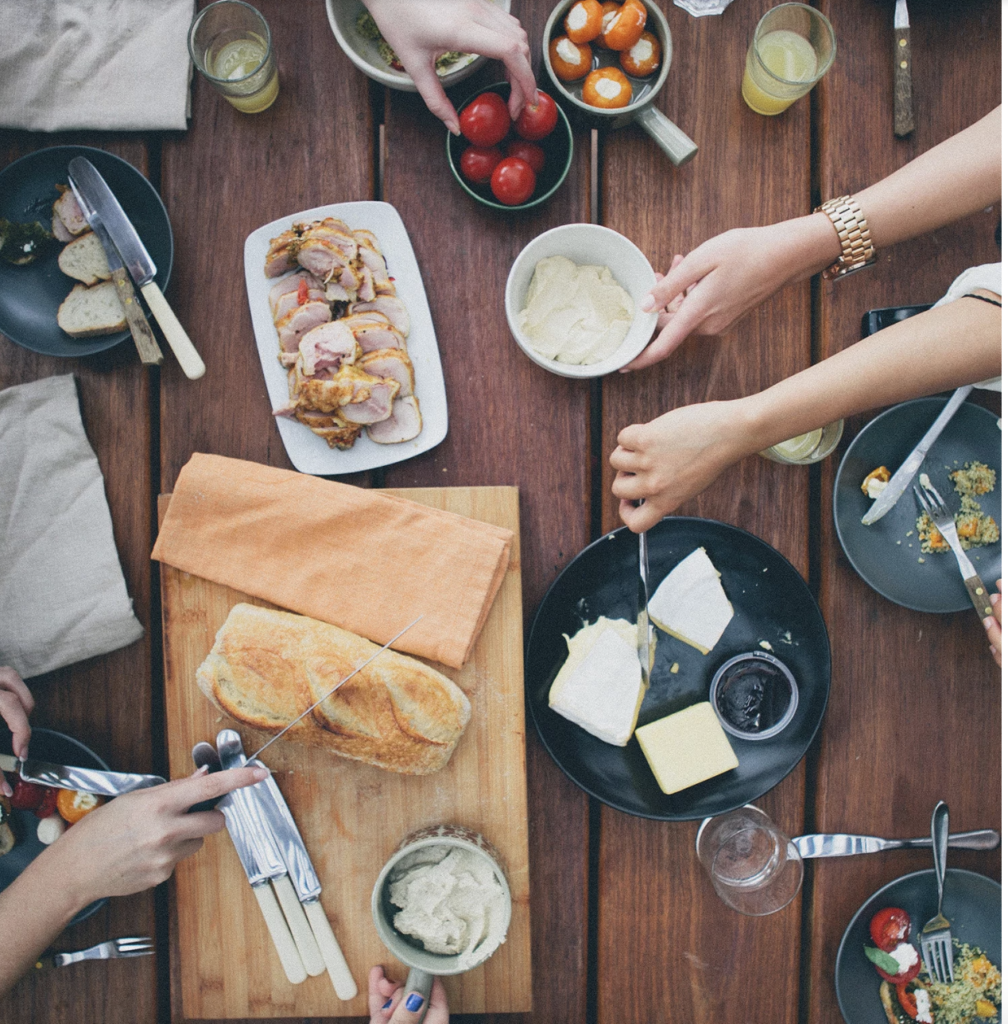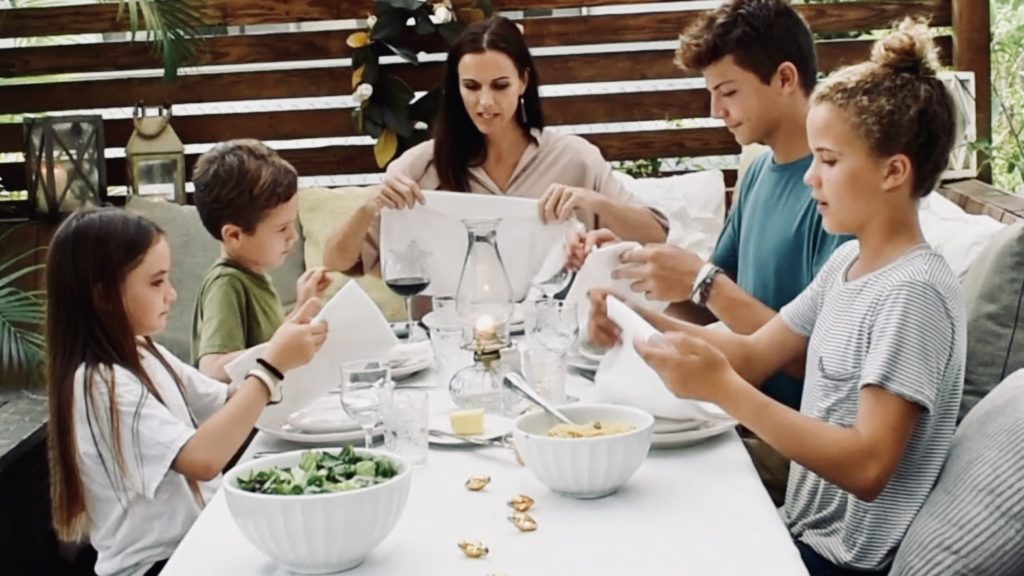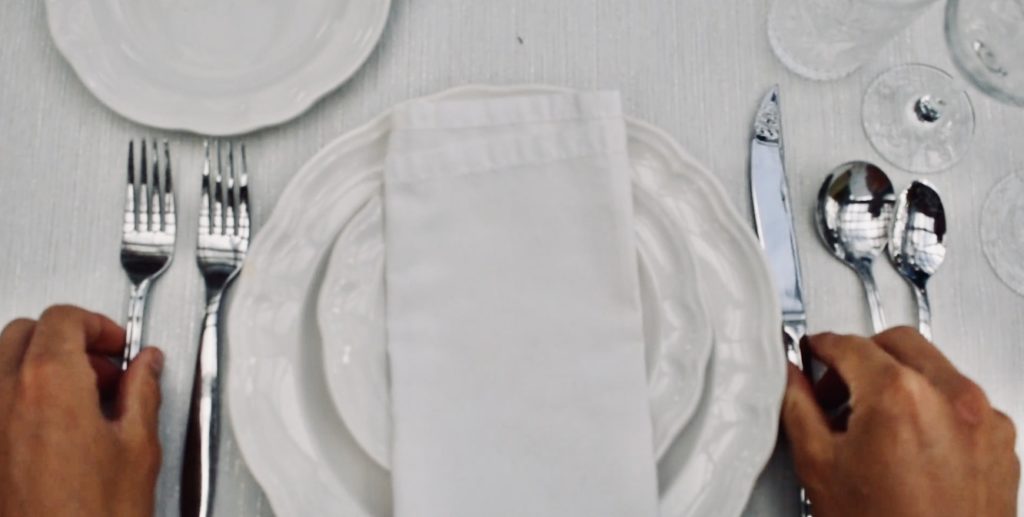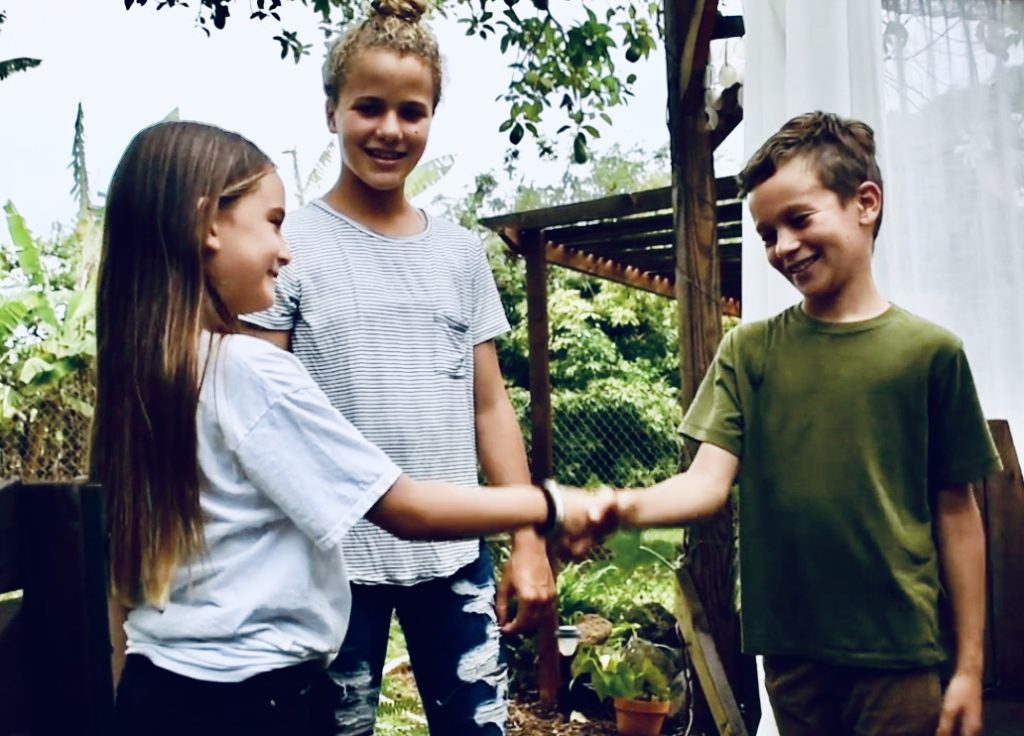
Here’s a legacy I never thought of leaving until recently…
Etiquette and table manners. If you’re like me, table manners were a thorn in your flesh, and yet you didn’t do much about it aside from griping and scolding…over and over again.
I didn’t even know the difference between manners and etiquette exactly. The whole process was overlooked because of the chaos of life. And then I read somewhere that children are a reflection of their parents. When I saw how my teen was eating, I realized I not only needed to do myself a favor by making mealtime more enjoyable for everyone but do him a favor by teaching him manners that would benefit his adult life and beyond.
In this post, I’ll share with you the difference between manners and etiquette, why it’s so important, and how to leave a legacy of etiquette and proper table manners that’ll last generations. Also, I’ll throw in a few free printable lists to troubleshoot bad table manners and deal with mealtime complainers.
And to top it off, my son and I created a 1-hour online course called The Table. It shows you step-by-step how to teach your family dining etiquette and table manners and includes lots of bonuses.

The Difference Between Etiquette and Manners
Etiquette is the code of polite behavior within a society. Think of them as the rules that show people how to behave properly.
Manners are polite behaviors that show consideration, kindness and respect to others.
“Etiquette provides the structure within which good manners operate.” An excellent way to describe this is the story of the Queen of England. In summary, she invited dignitaries to dine, and they, not knowing England’s customs, took the finger bowl with which they were to wash their fingers and sipped from it instead.
The Queen, not wanting to embarrass her fine guests, followed suit and drank from her bowl as well. She chose not to follow etiquette (the rules) and instead used her manners (considerate and kind behavior).
What is Dining Etiquette
Dining etiquette and manners are how we behave while dining, even at home. When following this code of ethics, it changes the way that we gather.
We aren’t born knowing etiquette and if we aren’t taught it, we fumble our way through social and dining experiences, not leaving good impressions.
Simply put, it’s a way that we treat others to make everyone feel more comfortable and create a pleasant dining experience. For example:
- pass everything and don’t reach.
- Always pass the salt and pepper together.
- Also, do not season your food before you’ve tasted it.
- Used silverware should rest on your plate, not on the table.
- Place your napkin on your chair if you need to excuse yourself during a meal.
Why Are Etiquette and Manners so Important?

If etiquette and manners are how we connect with others, then connecting well should be our goal, whether we’re at a business lunch meeting or at home with our family. Connecting well at home and treating our family members with consideration is where it begins.
I know you want to enjoy mealtime, but it’s hard when we’re constantly having to correct our kid’s bad manners or we’ve given up and just tolerate their unsavory conduct. Fortunately, it doesn’t have to be this way. With some time and effort, good manners and etiquette can become a natural part of your family’s lives and can leave a legacy of traditions and memories to last a lifetime.
In time, this “code of conduct” that we’ve embedded into our children will benefit them as adults as they eat out socially and professionally. Employees favor social etiquette and manners. This could be the deciding factor in a job interview.
Think about it for a minute, when you or your teen or adult child are having a lunch interview, if they haven’t learned to eat correctly, the interviewers will probably wonder what else they missed learning along the way.
Etiquette is more than choosing the right fork or knowing which way to place your knife. Etiquette goes back centuries and consists of more subtle behaviors that stem from aristocratic ceremonies. And when etiquette and manners become a habit, they cultivate confidence, which is a trait that carries you far in life.
Lastly, it’s important because our kids, and even ourselves, need to know certain basics as this generation faces an influx of social media and tech. We need to know what’s polite and acceptable and what’s not. Do your children know that all the following are rude?
- Arriving late
- Talking with your mouth full
- Chewing with your mouth open
- Using your phone or even setting it on the table
- Purses, glasses, phones on the table
- Salting your food before you’ve tasted it
- Picking your teeth
- Poor posture
- Tasting someone else’s food
- Blowing your nose, burping
- Wearing your hat
- Eating right away and not waiting for others to be served
How Do We Teach Etiquette and Manners

- First, we as parents need to learn it ourselves.
Personally, I didn’t take manners classes growing up and I don’t remember my parents stressing etiquette. Furthermore, I didn’t think about my kids taking a manners course until my oldest was 16 and I found myself often annoyed with his eating habits.
I know he didn’t get it from me, but pointing the finger wasn’t going to solve the problem. He ate the way he naturally felt comfortable; hunched over, mouth to food instead of food to mouth, etc. I needed to learn proper etiquette and manners so I could model it for my children. Hours and hours later, after researching these topics, I was finally equipped and confident.
Etiquette and manners are not difficult to learn. There’s a lot of little things to remember, but with time, it will become second nature. I must confess that I was shocked at how little I knew when it came to this. I wouldn’t say I had bad manners, but I definitely did not know half of what I learned.
- Model it for them.
If you’ve already learned and model etiquette, then this doesn’t apply to you. But if you’re new to legit etiquette, like how to set a formal table, where to place your silverware while you’re “resting”, and the do’s and don’t of using napkins and drinking, then it’s time to learn and model.
We cannot expect our kids to do what we’re not doing. I’m a huge advocate of practicing what I preach. I do not place myself above my children and expect them to do certain things I’m not doing just because I’m a parent.
PRO TIP. One of the most important things you can do to make using manners and etiquette attractive is by being attractive yourself.
Smile, be pleasant. Don’t yell or get frustrated. In fact, when correcting some of their behavior, try to not speak. Just motion the proper behavior and smile. They will get it. But not if you’re acting like an etiquette cop from a law enforcement agency. They’ll want nothing to do with your tyranny.
- Take the time to teach them or have someone else.

Ideally, I would love to have found a protocol or etiquette and table manners class for my children to take, but living on the north shore of Oahu has its disadvantages. There was nothing in the vicinity, but that’s when I had a revelation as I was sitting on the beach with my journal watching my kids surf.
I would create an online course for families and call it The Table. I would teach about the significance of the table, why family dinners are beneficial, how to properly set a table, use etiquette and manners, and have a proper conversation and listening skills.
The most amazing things are born from a lack of abundance. I’m not saying my course is amazing, but the fact that my son and I created this course on our own, enjoyed the process, grew during the development, and learned a ton of etiquette is amazing.
“The most special and amazing things are born from a lack of abundance.”
-Anna Liah
None of this would’ve happened had there already been a course available.
- Make family mealtime a priority.
In my online etiquette course, we go over the magic of family dinners and the importance of eating together, which is more important than I realized. After all, how can your children practice their good manners if everyone’s sitting in front of the TV or eating on the go?
There is “magic” in family dinners. The simple act of preparing food together, sitting down and conversing while practicing etiquette and good manners is priceless.
In the 19th century, the dining table became the center of the home in cultivating a sense of family togetherness. Mealtimes were designated for intentional opportunities to educate children, teach manners, and converse with each other.
As intentional mamas, we need to cultivate and keep this tradition to pass on down to our children and their children. Don’t let Netflix and diminished conversation become the norm.
- Give them intentional opportunities to practice and create traditions.

I definitely love me a good tradition and our weekly Family Powwows have become one of them. During this time we prepare a special dinner, the kids get to alternate picking a favorite dessert, and we check-off our list of topics to cover.
Now that our family has learned how to set a more formal table, we have the opportunity to practice weekly. My 8-year-old son and 11-year-old daughter love setting the table. The teenager still doesn’t know how to, but his good manners have progressed and he’ll learn to set a table eventually. Baby steps.
Aside from weekly formal dinners, other mealtime traditions could be Easter, Christmas, Thanksgiving, birthdays, graduations, promotions, baptisms, and big accomplishments.
Conclusion
Dining etiquette and table manners are how we connect with each other. It’s the social code of conduct and requires us to be considerate to others and aware of ourselves. When we make this a part of our daily dining, it changes the way that we gather.
Teaching our children etiquette and table manners will take them further in life and benefit them in more ways than we are probably aware of. And it’s not hard. Creating weekly opportunities to practice fine dining at home and having family dinners several times a week is a legacy that will bless future generations.
As a result, my teen son and I created a short online etiquette course for you and your family. Aside from the 4 modules, we’ve also included lots of bonuses to make dining more enjoyable and easier. In the course, we teach:
- How to set a table
- All the essential table manners
- The magic of family dinners
- Table talk and the art of listening
- How to deal with mealtime complainers
- Troubleshooting bad manners
- Buffet dining etiquette
- Restaurant etiquette
- And much more!
My goal is to equip stay at home mamas to become the best version of themselves and leave a legacy of intentional living for their children. Let’s begin at the table, the center of cultivating family togetherness.
3-Step Action Plan
- Learn etiquette and teach it to your children. Be intentional about learning table manners and modeling for your children how it’s done.
- Commit to creating traditional weekly family dinners. Our online Table course guides you in preparing for this.
- Model it for them in grace. Don’t become an etiquette nazi.
Friend! I hope you’ve found value in this post and will share it with a friend. Do you have your own traditions? Leave your comments below. I’d love to hear.



Your style is really unique compared to other folks I have read stuff from. Thank you for posting when you have the opportunity, Guess I will just bookmark this site.
Thank you Desirae,
I really appreciate you taking the time to comment. It seriously encourages me to keep creating content and posting. Your feedback would also be greatly appreciated…if there’s anything you’d like me to post about, please let me know:)
Anna